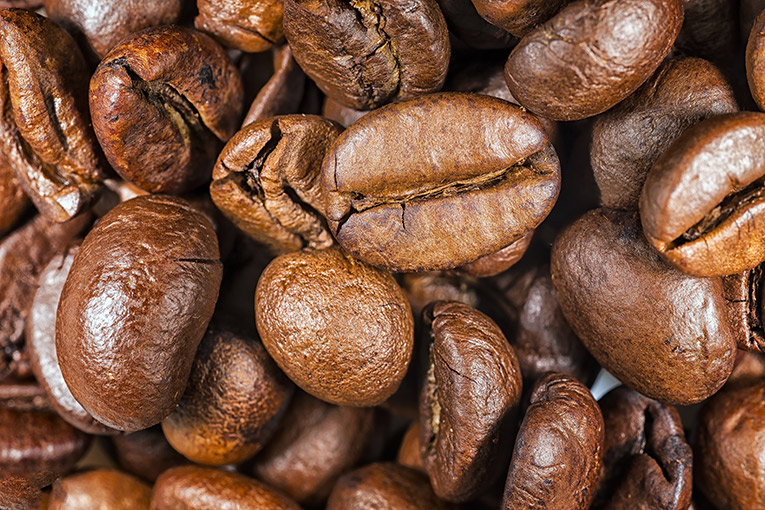 If you've ever worked in an office, you've probably developed what seemed like an unhealthy addiction to caffeine. Luckily, heavy coffee drinking seems to actually our lifespans. Let's take a minute and take a look at where our favorite work drink came from.
If you've ever worked in an office, you've probably developed what seemed like an unhealthy addiction to caffeine. Luckily, heavy coffee drinking seems to actually our lifespans. Let's take a minute and take a look at where our favorite work drink came from.
As you’re reading this, you’re probably holding, or sitting within a few feet of a half-empty coffee cup. Have you ever wondered where it came from, and why it’s called Arabica coffee, even if it's Kona coffee from Hawaii? People have enjoyed coffee has a delicious beverage for over 1000 years, but the western world still has a relatively young coffee culture of only a few hundred years. So, where, then, did it hang out for all those centuries?
The Discovery of Coffee
The initial discovery of coffee is disputed, but a strong favorite story is that an Ethiopian goat herder named Kaldi was tending his goats in the mid 9th century when he noticed that his goats tended to become oddly energetic when they ate from a specific bush.
Kaldi decided to give the small fruits a try, and developed the first coffee drink soon after. The region in which he lived in southwestern Ethiopia is still called Kaffa today, and gave the drink its name as it spread.
Cultivation and Proliferation
Coffee remained relatively obscure for several centuries, until some Sufi monks from Yemen tried it in the 15th century. While Islam forbids the consumption of alcohol, which dulls the senses, coffee had the opposite effect, helping the monks stay awake for longer hours of prayer and study. It wasn’t long after this before the first cultivated coffee plantations were set up in Yemen. This strain of coffee was cultivated on the arabian peninsula in isolation for centuries, and it’s the variety we now call Arabica, which makes up almost all of the coffee we drink today.
From this point on, urban coffee culture began to drive the popularity of coffee. Spreading quickly around the islamic world, cafes became the popular middle eastern social catalyst that it still is today. Though Europeans became aware of coffee at around this time, it wouldn’t become popular in the west for a while yet, since it can only be grown near the equator.
Introduction to Europe and Globalization
With the rise of colonialism, the great European powers got access to equatorial land, and with it, the ability to grow their own coffee. Seeing major economic potential, the Dutch planted their first plantations on the Southeast Asian island of Java in the 18th century. Over the next several decades the Spanish, French, Germans, and Portuguese got involved as well, and coffee spread with them to the new world, giving us the now world famous Jamaican Blue Mountain, Colombian, Brazilian, and other North American coffees.
As they progressed, they brought coffee with them as they invaded and subjugated countries all around the world, soon making coffee one of the most popular beverages, and one of the most lucrative exports, in the entire world.
Coffee in the U.S.
While coffee was taking off all over the rest of the world, the British stuck stubbornly to their tea. American colonists supported their mother country in this, until the shunning of tea became symbolic of American independence during the American Revolution. As British things lost their charm in the former colonies, coffee gained in popularity, permanently solidifying it as America’s drink of choice. Today, one of the world's very best coffees, Kona Coffee, is grown on the big island of Hawaii.